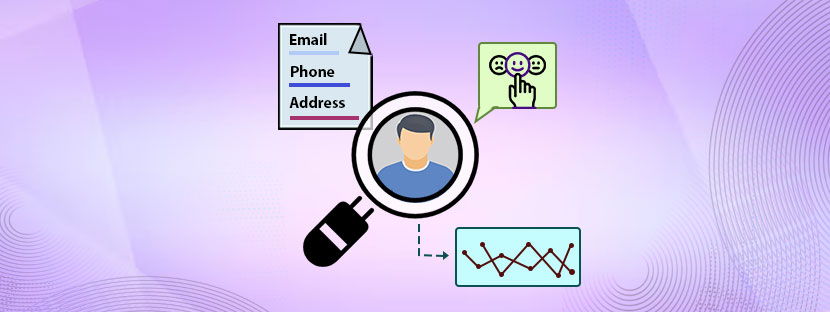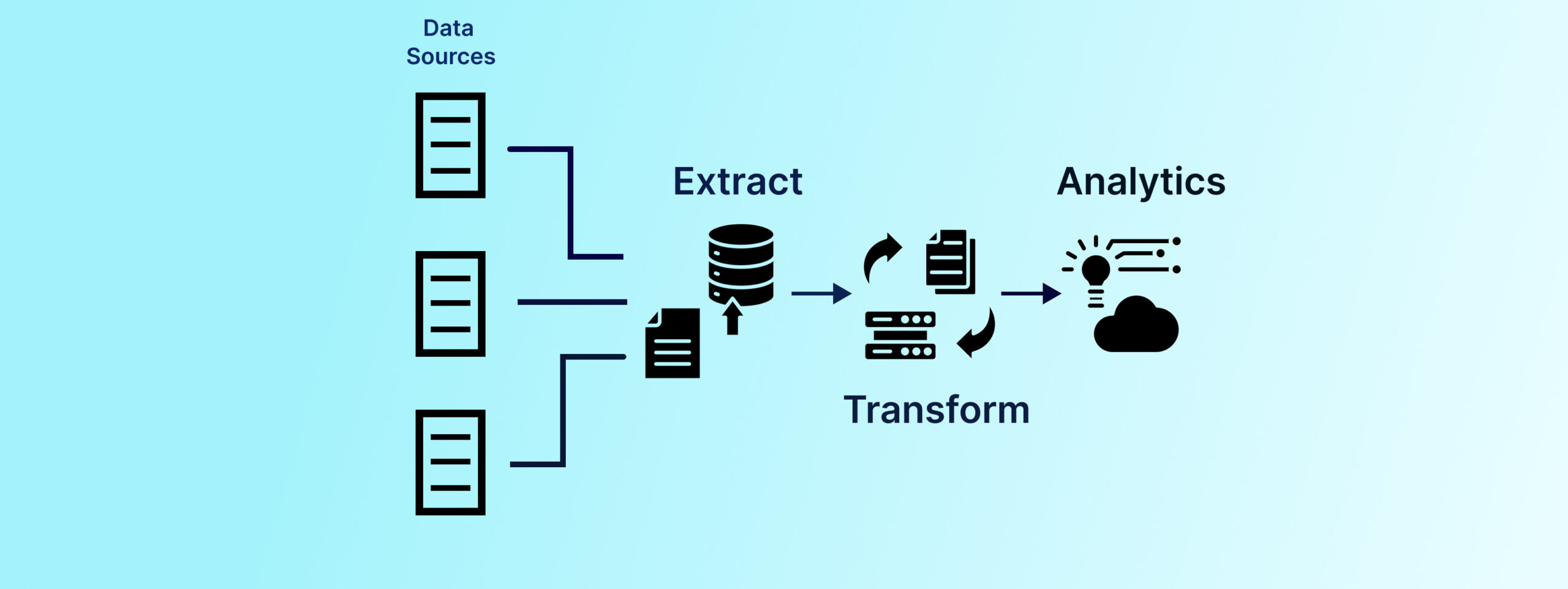In This Article
Can you guess how much loss businesses are making each year for having low-quality data? Well, it is around $12.9 Million average each year, which is the per-year cost of poor data that businesses pay. However, with proper data validation techniques organizations can easily get a neat and clean database.
Businesses can utilize any type of data validation process to improve the quality of data. How you use the data validation procedure in your datasets would determine the market value of your data. Sometimes choosing poor techniques can lead to generating poor quality data. Hence, that will not help businesses to provide success in the long run. Therefore, the reliability of data comes into play when you choose the proper data validation procedure.
Remember that, it’s very natural that you find the quality of raw data poor because it is in the raw format. However, with the proper implementation of the right techniques of data validation, you can improve its quality. For this reason, many companies prefer to Data Verification Services to improve data quality. Outsourcing agencies apply the data validation best practices to their method.
The importance of quality data plays a crucial role in business-to-business (B2B) sales. Thus, this blog aims to highlight the data validation techniques for processing B2B data in detail. Also, you will explore the benefits of maintaining regular validation here.
Let’s begin with a proper understanding of data validation!
A. What is Data Validation
In general, data validation is a process of verifying the accuracy of data before it gets applied to business operations. A business needs data for many purposes but the most essential need is for creating analytics. Nowadays, businesses are investing in developing Machine Learning (ML) models. Thus, the requirement for accurate data for training ML models is huge.
Without a detailed inspection of the data, the chances of producing the wrong result would increase. Hence, taking accurate measures to validate data before applying it into operation is paramount here. The process of validation is quite elaborate as it covers data typing, structure maintaining, consistency checking, etc processes. Each robust validation process of data makes sure that the data is free from any kind of error.
With the implementation of proper data validation techniques, businesses can have improved databases. In other words, these techniques will improve the quality of the data efficiently. In B2B data sales, having quality data will ensure product excellence as data is the main product here. You can refer to validation techniques examples for better understanding.
B. Need for Data Validation Techniques to Improve B2B Data
In one sentence, validation of B2B data is essential for assuring the quality and reliability of the data. Businesses can utilize quality data to improve their target marketing ventures accurately. Besides that, it will also maximize the potentiality of business opportunities so businesses can spread up easily. Regular inspection of the database is necessary otherwise businesses might face the following implications;
I. Missing Information
When you regularly check the data on time then the issues of missing information would reduce to zero. Missing information or incomplete datasets can create issues in data analysis hence you need to delete them on time. Regular checking up the database can help you to find them out and their successful removal.
II. Duplicate Data
Duplicate entries are a barrier to data analytics and they can produce wrong results also. When you use proper data validation techniques then you can successfully remove duplicate data from your database. Identifying duplicate data and removing them also helps in decreasing the waste of valuable resources.
III. Inconsistent Formatting Complexities
Data loses its compatibility when it is not in its actual format. Therefore, maintaining the format of the data plays the most essential role in data validation to B2B operation. Regularly inspecting the data will keep the formatting issues in check and remove inconsistency.
IV. Data Validation Techniques Update Data
The relevance of data is important when it comes to B2B data sales. To make the database relevant you need to update the information. Therefore, regularly checking the database will help businesses to update the information to some extent.
V. Range Violations
Maintaining a proper range of data is essential; otherwise, it would not help businesses make effective decisions. Hence, regular checkups for data validation can minimize the risk of range violations. Your data would be in an accurate range for making critical business decisions effectively with the help of a robust validation process.
C. Benefits of Regular Validation of B2B Data
Ensuring businesses follow the proper data validation techniques is the aim of regular data validation. It becomes also necessary when it comes to B2B data validation tools a sales as it would remove errors from the database. Besides error removal, this will also enhance the quality of data and ensure businesses make effective decisions from its assessment. Some of the main benefits of validating data regularly are;
I. Improving Data Quality
Inspecting the database regularly with the use of proper data validation techniques can effectively improve data quality. Regular inspection ensures the completeness of the data and its accuracy. Businesses can rely more on the data if it gets validated regularly in a few days intervals.
II. Generating Better Leads
Quality leads play a major role in developing business operations and transforming data validation to B2B opportunities into reality. However, outdated or invalid contacts will never generate quality leads therefore, you need to update them. With regular inspection, you can do that without any effort to make changes at once.
III. More Customer Satisfaction
Validating data regularly also means you will have accurate and current information related to your customers. Having current information related to customers also indicates the scope of your business. You can easily improve relationships with your customers by interacting with them in a personalized way.
IV. Better Compliance
With the effective follow-up of data validation techniques, businesses can easily avoid legal issues or penalties. Properly maintained accurate data will never make businesses down. Also, the data will generate accurate results and help businesses to make proper and effective businesses. The automated data validation system also copies these compliance methods.
V. Strategic Decision-making
Inspecting data regularly will help businesses frame strategic policies. Businesses can develop into market research with the help of regularly assessed data. Besides that, businesses can also grab more new opportunities if they have quality data along with validation techniques examples as references.
VI. More Security
Regularly validating data will eliminate potential risks of data theft. As you inspect the database regularly therefore you can easily check whether any security issues exist or not. Besides that, you can maintain data integrity and confidentiality with the help of a robust validation process. With effective b2b data validation tools, it will more security to the data.
VII. Saves Costs
Suppose you initiated a marketing campaign but with the wrong data. Will you ever succeed in your operation? The answer is No! You need effective and current data if you want to succeed. Therefore, regularly updating the database is possible if you check it regularly. Also, regularly updating the database will save you costs. Some companies apply the data validation best practices to their system, which also reduces their operational costs.
D. Best Data Validation Techniques
The main data validation techniques ensure proper collection of data, storing it, and then processing it. The techniques also ensure the accuracy, reliability, and consistency of the data. Each organization follows a different measure of these techniques as per their suitability. Besides that, determining the right technique also depends on the type of data and level of validation. Some of the most common data validation approaches are;
I. Constraint-based validation
To ensure consistency, this technique enforces data constraints into the process. Data constraints include unique keys, foreign keys, etc. Removing constraints is the prime approach of this technique and it makes the database consistent.
II. Rule-based Validation
As the name suggests rule-based validation technique ensures the proper following of all rules of the data validation practices. The rules included here are the rules of format, range rules, lookup rules, etc, To check or validate the dataset, the validator will apply predefined rules or criteria. The automated data validation system can also perform all these tasks easily.
III. Lookup Validation
Lookup validation is one of the main and unique data validation techniques that ensure proper values of the data. This technique checks data as per the list of accepted values. For example, in the country list, it can automatically detect the records where the country’s name is written wrong. However, this type of lookup validation ensures the data’s proper placement to management.
IV. Cross-field validation
Similar to lookup validation, this technique verifies entries cross-sectional. For instance, while searching for customers; city this technique also searches for postal codes, etc information. Therefore, it becomes easier for businesses to find any data and refer to the database easily.
V. Pattern-matching
In this technique, an algorithm validates the pattern of the data. However, for that, the data should follow a particular pattern. For instance, email addresses, phone numbers, and other contact details have awesome unique patterns. The pattern-matching algorithm will efficiently match the pattern of the data and ensure its accuracy.
VI. Data Enrichment
Besides all other techniques, data enrichment is different and one of the best data validation techniques. In this technique, the database gets updated with the help of external data sources. Businesses can utilize the data from professional databases, industry reports, financial reports, and any other external sources. This process is effective because the system gets automatically updated with accurate and current information.
VIII. Manual Validation
Inspecting manually all the datasets takes time but very much more effective than any other technique. In this process, the receptive person who will initiate the validation process will visually inspect all datasets. The only drawback of this system is that it takes time to update files but it’s better than other techniques and b2b data validation tools.
However, the debate will go long on whether you should adopt the manual data validation process or choose others. Many organizations have adopted a mixed approach to inculcate regular validation. Adopting a mixed approach will help businesses to maintain the quality and integrity of the data. Besides that, it would also include more insightful and accurate data in the database.
E. Some More Practical Data Validation Techniques
To utilize data validation techniques, businesses now have three options. The first one is adopting an automated data validation system for validating data regularly. Second, keeping an in-house team of data validators as the validation techniques examples; and thirdly, businesses can outsource the entire process. In all cases, businesses have to regulate these techniques as per their preferences.
I. Validating Customer name
To develop personalized communication, it’s very essential to ensure proper customer names. Therefore, you need to keep checking their names to eliminate any kind of issues from their name data. You have to capitalize the name data and standardize the name by adding abbreviations. Added to that, you need to check that there is no error in the name data and they are in proper format.
If we go deeper, you can use any gender-guesser tool to predict the gender of the customer by the first name. You can sell your products better when you know who you’re selling the item to.
II. Validating Mobile Numbers
Wrong diels not only consume time but also cost along businesses cannot get potential customers. Therefore, data validation techniques must have been used in validating the mobile numbers. Essentially, you need to have a proper area code alongside the number to make an appropriate call.
Besides that, each country has a maximum length of digits used in a phone number. Your system can reject the phone number if there is any less or more number in the phone number. Nowadays, many software solve the validation issues so you can also look for that. You can establish updated phone number-related information in the database with this process.
III. Validating Email & Postal Address
First of all, utilize the validation technique in emails to find syntax errors. The username should be perfect if not then the system must reject that email address. Added to this, with the best utilization of data validation techniques you need to check the character and length of the email address. If the email address contains anty special word in between then it is an invalid email.
On the other hand, validating the proper details of the postal address is a must. A proper mailing address must contain various segments like street numbers, street names, postal codes, and the country. Standardizing the postal addresses will help businesses to find out the accurate areas. However, converting the postal address into geocoding will help businesses to find the customer’s location on the map.
Finally, the data validation techniques are details and quite complex. For that reason, many companies prefer to choose outsourcing data validation practices nowadays. It will not only save costs but also be very effective in terms of accuracy and reliability. Outsourcing agencies ensure data validation best practices in their approach.











